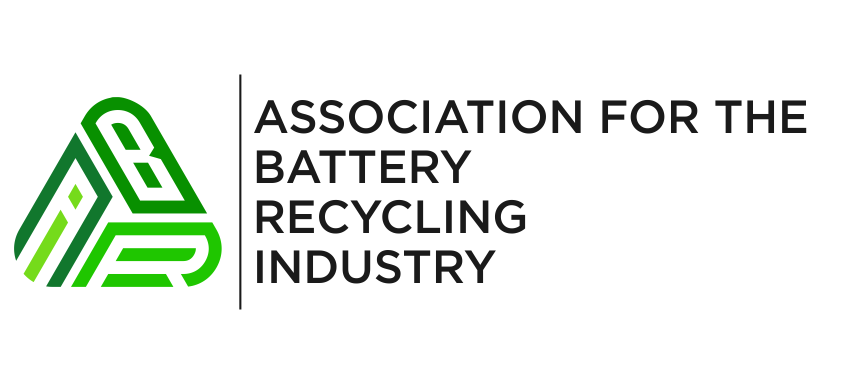Battery Safety
Batteries make our world a more functional space, but they can also be hazardous depending on what they are made of and how we manage them. For example batteries can be:
Swallowed by children causing death or serious injury (e.g. button cell batteries)
Flammable
Corrosive
Casues of electric shocks
Heavy
Risks vary between battery types and models, so always check with the manufacture to find the most up-to-date safety information.
The following is some general tips and information to keep everyone safe. This information is general in nature and not intended for use by businesses or industry, but rather to inform individuals about possible risks and control measures. It is recommended that businesses and industry conduct their own risk assessments and develop in-house procedures to address the specific risks associated with their operations.
Button Batteries – Risk of swallowing
Product Safety Australia has detailed information on its website.
If you suspect your child has swallowed or inserted a button battery, call the Poisons Information Centre immediately on 13 11 26 for 24/7 fast, expert advice. If your child is having any difficulty breathing, contact 000.
Minimising fire risks
Fire risk varies depending on chemistry type. Alkaline batteries have a low risk of flammability, while some lithium batteries have a high risk because he metal itself is very reactive.
What to do?
Always store batteries in accordance with the manufacturers recommendations
Ensure used batteries have both terminals (ends of the battery) covered with tape
Dispose of them rather than leaving them lying around
The B-cycle website also has useful information on battery safety.
Please remember that risks vary between battery types and models, so always check with the manufacture to find the most up-to-date safety information.
